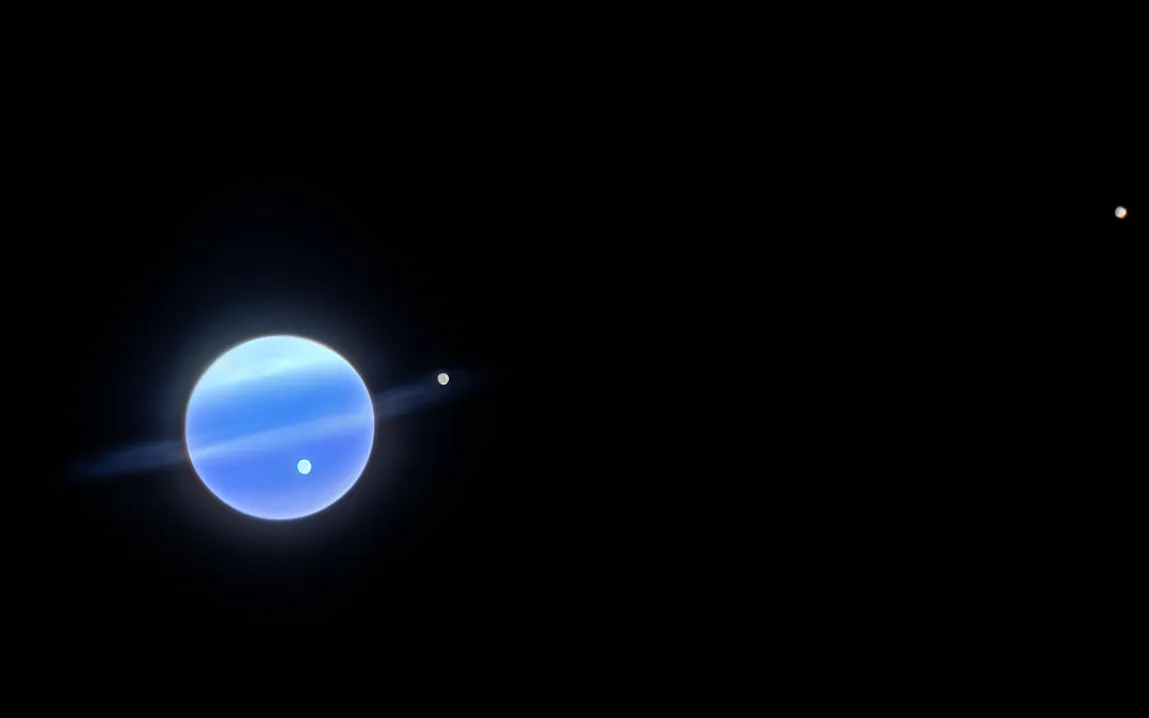A new result from the Compact Muon Solenoid, one of two general-purpose particle detector experiments at the Large Hadron Collider at CERN, has resolved a long-standing mystery surrounding the mass of the W boson, one of the force-carrying particles in the Standard Model of Physics. This follows years of speculation and debates that arose from conflicting measurements obtained in 2022 by the Collider Detector experiment at Fermilab. Using superior techniques and unprecedented precision in making the measurement, the CMS team now confirms the mass measurement that agrees with Standard Model predictions, finally putting an end to years of uncertainty.
The CMS Experiment and its Impact
The W boson is a fundamental particle mediating one of the four basic forces: the weak force. Since its discovery in 1983, physicists have been involved in an extended effort to measure its mass precisely. This knowledge of the W boson mass is so crucial in the sense that the particle plays a pivot in our understanding of particle physics, including the relationship between different forces and particles.
Using data from 2016 and tens of billions of simulated events, the CMS collaboration is one of the world’s largest collaborations in physics. They made precise measurements of the mass of the W boson as follows: measurement 80,360.2 ± 9.9 MeV, and found to be consistent with the prediction of the Standard Model of 80,357 ± 6 MeV. This simultaneous measurement had reached an incredible precision of 0.01%, which is the most precise measurement of this type ever performed at the LHC.
One of the unique aspects of the CMS experiment is the use of a solenoid magnet that assists in tracking charged particles through the detector with incredible accuracy. The CMS collaboration reconstructed over 100 million W boson events to ensure the robustness of their findings. As Patty McBride, a scientist at Fermilab, said, the precision and methodology were such that for the first time, the CMS team could make some considerable improvements over earlier measurements; hence, a very important step in particle physics was taken.
The W Boson Mass Controversy: Why It Matters
The mass of the W boson doesn’t fall under a purely technical triumph but does have very strong consequences regarding the future of physics. For decades, the Standard Model has been the governing theory in particle physics, explaining how particles and forces interact at the most basic level. Any significant deviation from the predicted W boson mass might have marked the hint for new physics beyond the Standard Model-like new, undiscovered particles or forces.
An observation by the Fermilab CDF experiment last year of a much heavier-than-expected mass of the W boson raised many eyebrows in the scientific community, with questions about whether new physics was involved. With the measurement now by CMS, very close to the Standard Model, many of those concerns have been alleviated.
The whole universe is a little bit of a balancing act,” said Anadi Canepa, a senior scientist at Fermilab and the deputy spokesperson for the CMS experiment. Any variation in the W boson’s mass, he added, could hint at the presence of new forces or particles. Those speculations are now laid to rest with the new CMS results, though Canepa says there could still be surprises ahead from future research.
Measuring the W Boson: Not an Easy Task
That’s because the W boson is famously hard to measure due to its very short lifetime and intricate products of decays involving neutrinos, which are just terribly hard to detect. Unlike the other particles, such as the Z boson, which decay into easily detectable muons, in most cases, the W boson decays into a neutrino and thus cannot reconstruct events with full production features.
Reaching this groundbreaking result required the CMS team to simulate billions of LHC collisions and to make up for minute deformations in the detector—some even smaller than the thickness of a human hair. Since these measurements had to be done with such fine accuracy in these tests, according to Josh Bendavid, the scientist who participated in this study, even the tiniest variations might influence the outcome. Their outcome was much more precise than ever before, recalibrating the CMS detector and using new theoretical input. Better Consequences for Particle Physics
The solution to the mystery involving the mass of the W boson has great implications for particle physics. One immediate consequence involves future studies into the Higgs boson and other fundamental particles. The precision attained in this measurement allows the door to be opened for more accurate study of how those particles interact, potentially refining our understanding of the universe at the most basic level.
What’s more, while the CMS result confirms the Standard Model’s predictions, it does not rule out altogether the possibility of new physics. “Physicists need to make a few assumptions when extrapolating from the Z to the W, and these assumptions are still under discussion,” McBride said. The CMS team developed novel techniques of analysis that would allow future studies that could further reduce uncertainties.
Road Ahead
These results from the CMS have finally put to rest one of the biggest questions in modern particle physics, but the journey is by no means complete. Further refinement of the W boson’s mass measurement will follow, as well as a study of its interactions with the Higgs and the Z boson. Future studies could build further upon the consequences of the findings from CMS and investigate subtle deviations that might still lead to the discovery of new physics.
Other experiments, such as the anomalous results coming from CDF, physicists will also be eager to reevaluate in a bid to understand whether the differences arose due to experimental uncertainties or hint at something fundamental. “We are always learning, and every step forward teaches us a new lesson about the universe,” explained Elisabetta Manca, a researcher from UCLA and one of the analyzers for the CMS team.
Now that the mystery of the W boson’s mass has been solved, physicists will have a little extra bandwidth to devote to other pressing questions in particle physics. The search continues into the subatomic world with the same type of precision and rigor that defined this latest discovery.
In the end, this new CMS result represents a huge triumph for the Standard Model, reinforcing both its accuracy and providing a backdrop for further explorations into the fundamentals of physics. Above all, what this work really demonstrates is that international collaboration, leading technology, and unyielding curiosity have been the keys to this success.



